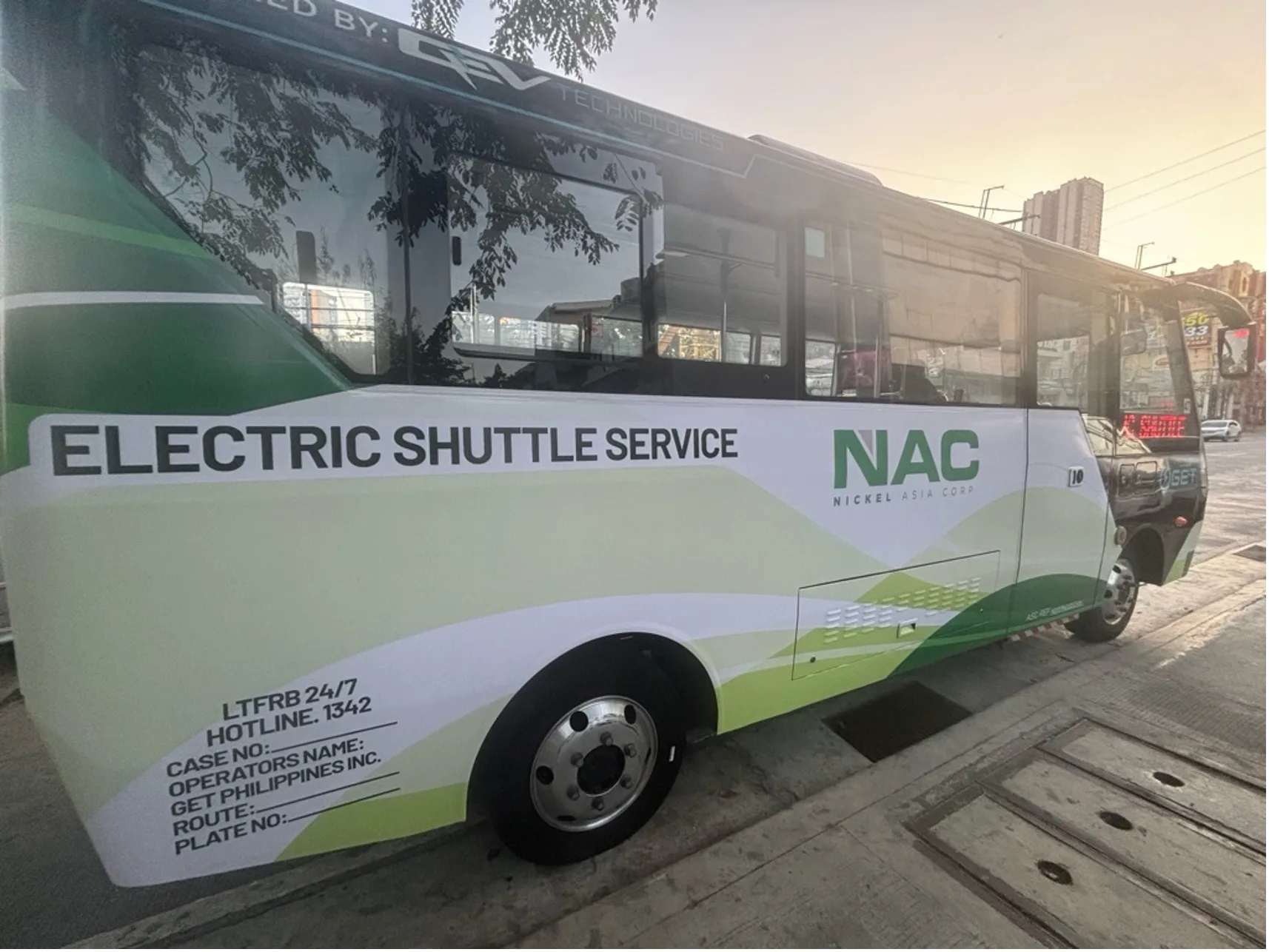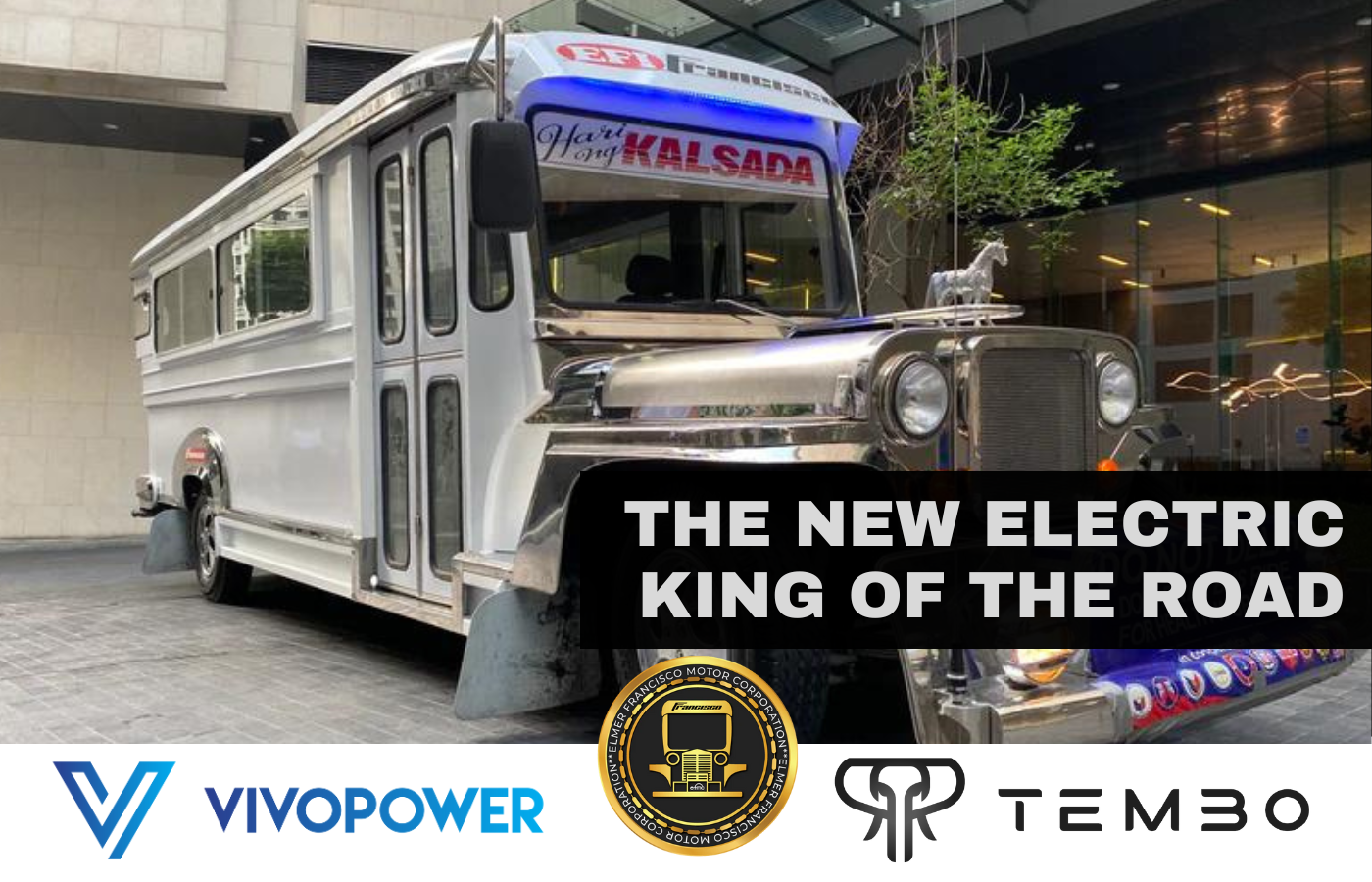Why Select Transit Advertising Philippines for Your Brand
Why Select Transit Advertising Philippines for Your Brand
Blog Article
How Transit Advertising And Marketing Can Change Mass Transit Spaces Into Dynamic Marketing Operatings Systems
Transportation marketing holds substantial capacity to redefine public transport areas into dynamic advertising platforms that educate and involve. As we discover the multifaceted advantages and advancing methods of transit advertising, it elevates the inquiry of how this makeover can redefine our interactions with both brand names and the urban setting.
Benefits of Transit Advertising

In addition, transit marketing is highly economical compared to traditional media. It enables advertisers to attain high perceptions at reduced expenses, taking full advantage of roi. The captive audience of travelers supplies an opportunity for brands to convey their messages to people who are usually responsive throughout their travel times.
Additionally, the dynamic nature of transportation advertising allows projects to be upgraded regularly, making sure that messaging remains timely and appropriate. This flexibility can be critical in replying to market patterns or promotional occasions, maintaining the brand name top-of-mind for consumers. Finally, the pervasive presence of transit advertising and marketing adds to brand name recall; repeated exposure within acquainted travel contexts reinforces brand understanding and cultivates consumer loyalty, ultimately driving sales and boosting brand credibility.
Sorts Of Transportation Advertising
Mass transit systems provide various styles for advertising, each satisfying various advertising and marketing strategies and target market interaction techniques. One famous kind is exterior bus and train wraps, which cover the whole car and develop a mobile billboard result, enabling high visibility in urban atmospheres. These wraps can record attention as they traverse busy roads, getting to a diverse target market.
Another prominent style is interior advertising, which includes posters, electronic displays, and ads on transit seats. These positionings involve passengers during their trip, strengthening brand messaging in a restricted space. Digital presents, in particular, supply the advantage of vibrant web content, making it possible for advertisers to update messages in real-time.
Station advertising and marketing is additionally substantial, including posters, banners, and interactive kiosks within transit terminals. These ads leverage foot traffic and can target specific demographics based on place.
Finally, advertising collaborations with transit authorities can result in one-of-a-kind projects, such as themed transit experiences or occasions, boosting the general involvement with commuters. Each sort of transportation advertising offers distinct benefits, allowing brands to tailor their method to efficiently reach their target market within the general public transportation ecological community.
Involving Commuters Effectively
Commuters are progressively inundated with marketing messages throughout their day-to-day travels, making it crucial for brand names to engage them in innovative ways. To capture focus in this congested room, marketers have to prioritize imagination and importance. Using captivating visuals and succinct messaging can dramatically improve the possibility of involvement.
Interactive components, such as QR codes or augmented reality functions, can also transform static ads right into immersive experiences, fostering a much deeper link with the target market. Brand names should concentrate on resolving commuters' requirements and rate of interests, customizing messages to resonate with their way of living, whether with promos for local services or services designed to enhance their travelling experience.
In addition, timing plays an essential function; strategically placing ads during optimal commuting hours can make the most of exposure and impact. Involving commuters properly additionally involves leveraging social media sites combination, permitting travelers to share their experiences or promos directly from transit platforms, thereby intensifying brand reach.
Basically, efficient engagement rests on comprehending the traveler journey and developing engaging, interactive, and pertinent marketing experiences that not only catch attention but likewise drive activity and loyalty. By doing so, brand names can change mass transit right into a vibrant advertising system Find Out More that reverberates with its target market.

Measuring Advertising Influence
How can brand names accurately assess the efficiency of their advertising and marketing projects en route environments? Determining the impact of transit advertising and marketing needs a complex approach that incorporates quantitative and qualitative metrics. One prevalent technique is tracking involvement with mobile analytics, where brand names can assess foot traffic patterns and application communications in the past, during, and after projects.
Surveys can provide valuable understandings into brand name recall and customer belief, enabling brands to assess how well their messages resonate with commuters. Furthermore, checking social media sites involvement pertaining to specific projects can reveal shifts in public assumption and brand name conversation.

In addition, collaborating with transit companies can enhance dimension precision, as they often have thorough group information on ridership fads. By incorporating these methodologies, brand names can create a detailed understanding of their advertising and marketing performance, making sure that their campaigns not only reach however also impact their target market properly.
Future Fads in Transit Marketing
A substantial change is prepared for in transportation marketing as technical advancements and transforming consumer habits improve the landscape. Transit Advertising Philippines. The assimilation of digital display screens and multimedias is expected to improve interaction, enabling brands to supply vibrant web content that reverberates with varied audiences. As public transport systems welcome clever modern technology, advertisers will leverage real-time information analytics to tailor messages based upon guest demographics and actions
In addition, increased reality (AR) is poised to change the means commuters connect with ads. By supplying immersive experiences, AR can transform a mundane trip into an appealing story that captures interest and promotes brand commitment. This technology will likely urge advertisers to create even more experiential campaigns that drive consumer interaction.
Sustainability is another crucial pattern affecting transit marketing. As environmental awareness expands, brands will progressively seek to line up with environmentally friendly practices, making use of sustainable materials and promoting green initiatives within their campaigns.
Verdict
In final thought, transportation advertising and marketing offers substantial advantages by enhancing brand name visibility and engaging a captive audience. As fads evolve, the potential for ingenious communications in between commuters and brands is poised to expand, making certain that transportation advertising and marketing continues to be an important component of site here modern marketing techniques.
Transit advertising holds substantial possibility to redefine public transportation rooms right into dynamic advertising and marketing systems that engage and educate. The prevalent presence of transit advertising contributes to brand recall; repeated exposure within acquainted travel contexts reinforces brand recognition and promotes customer commitment, ultimately Learn More boosting and driving sales brand track record.
How can brand names properly analyze the effectiveness of their advertising and marketing projects in transportation environments?In conclusion, transit marketing uses significant benefits by boosting brand visibility and involving a captive audience. Transit Advertising Philippines. As fads progress, the possibility for innovative interactions between brand names and travelers is poised to expand, guaranteeing that transit advertising continues to be an essential part of modern-day advertising and marketing techniques
Report this page